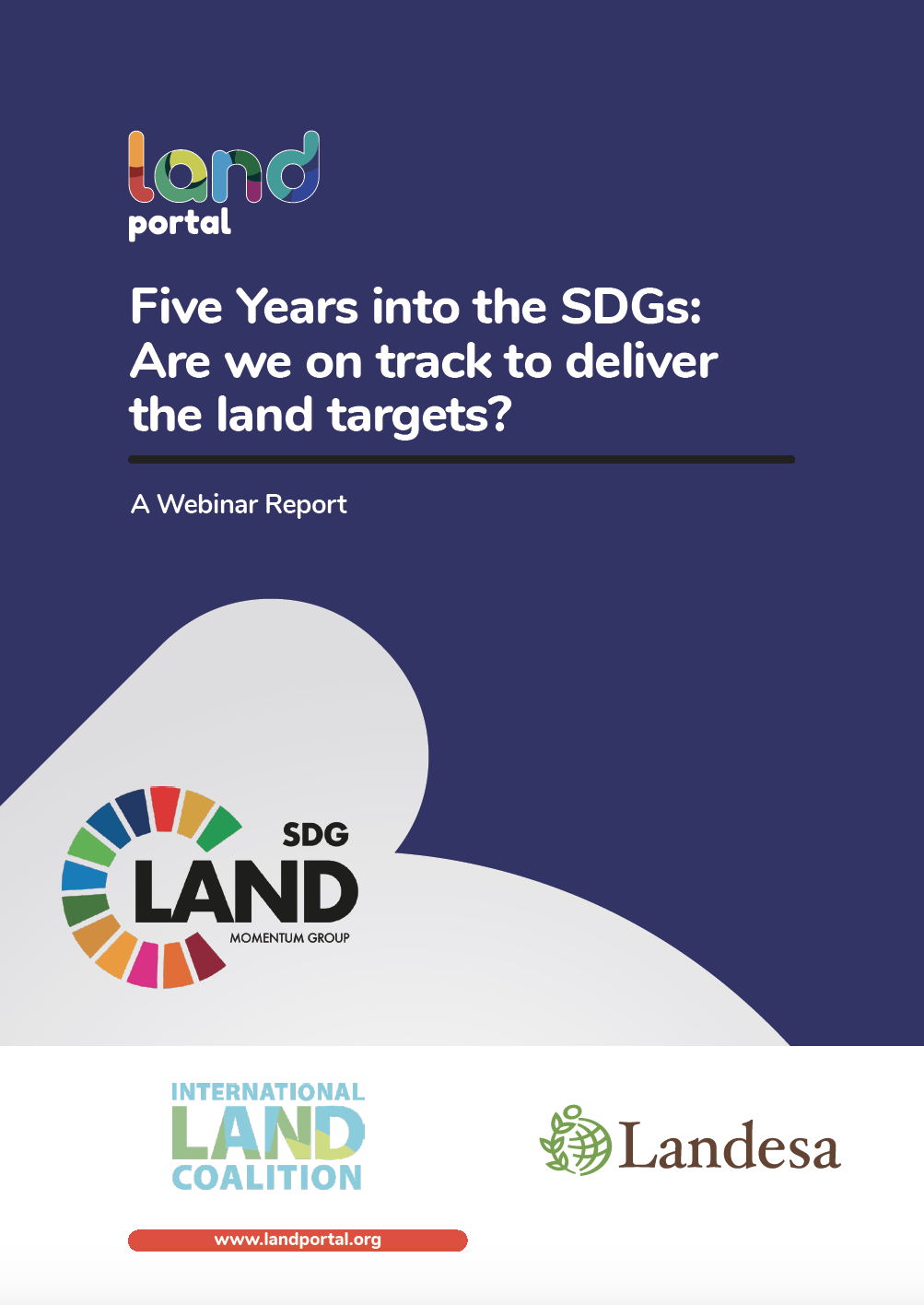Migration in Cambodia: Report of the Cambodian Rural Urban Migration Project (CRUMP)
ABSTRACTED FROM THE OVERVIEW: The Cambodian Rural Urban Migration Project (CRUMP) is a collaborative effort involving three entities – the RGC, represented by the Ministry of Planning, the UNFPA and an academic institution represented by consultant from the University of California San Francisco. The project involves a group of individuals across these entities interested in the movement of people in and around Cambodia. Given the demographic and economic realities in Cambodia, we began with the assumption that migration in the country is unavoidable and should be embraced.








